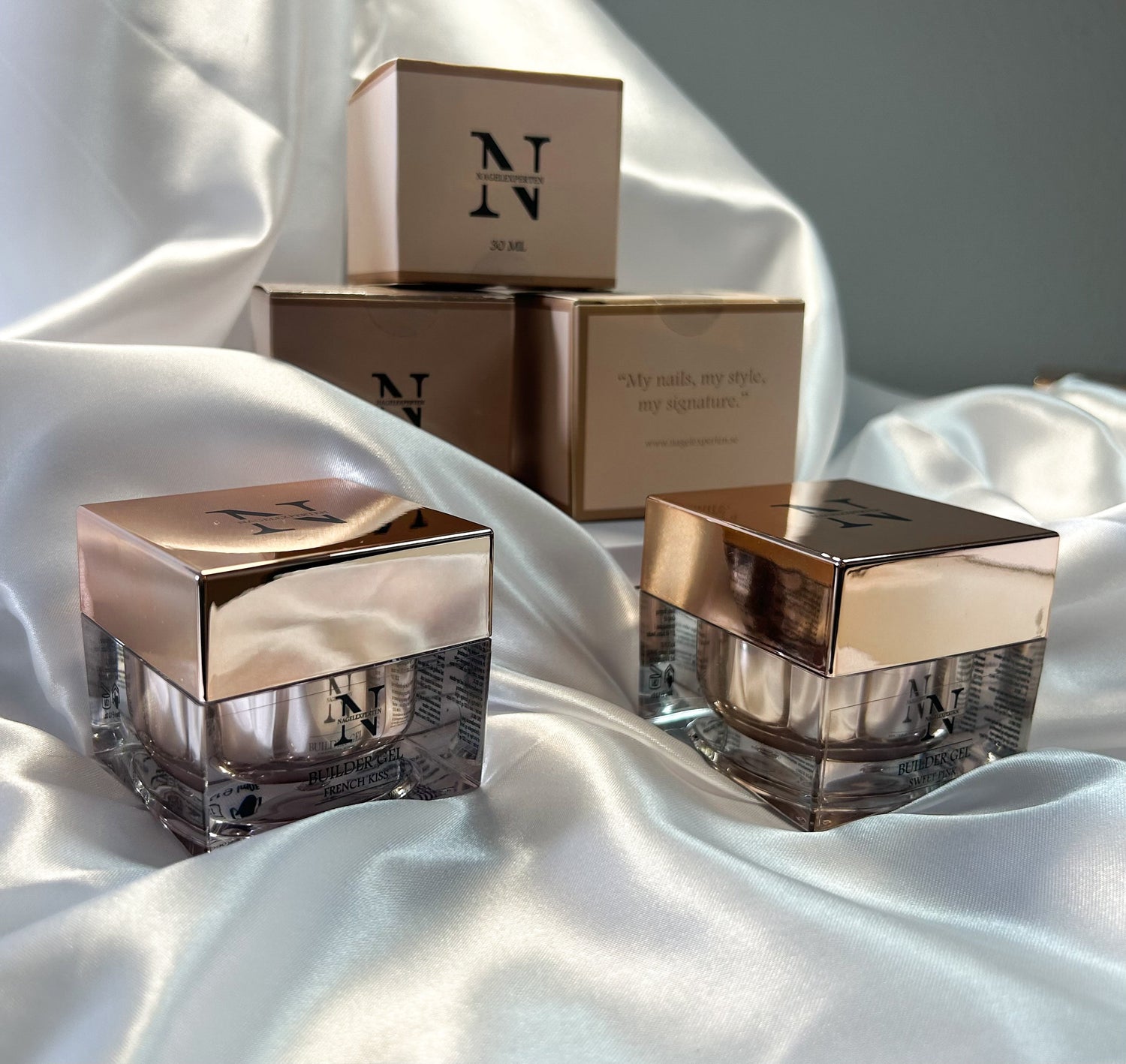How bacteria affect gel polish – Myths & facts
When a client expresses concern about a possible nail infection after a gel manicure, it can be both frustrating and worrying – especially if you know your hygiene routines are impeccable. A common question that often arises in these situations is:
“Can bacteria be spread via gel polish bottles or brushes?”
The short answer? It's highly unlikely.
Why is gel polish an unfavorable environment for bacteria?
Gel polish is more than a cosmetic product – it is a carefully formulated chemical composition. Its main ingredients, such as ethyl methacrylate, isopropyl alcohol and photoinitiators, create an environment where bacteria have a hard time surviving.
-
Solvents with antimicrobial properties – Gel polish ingredients kill or inhibit bacterial growth.
-
Double-dipping brushes – If a brush is dipped back into the bottle after applying to a client's nail, any bacteria is immediately exposed to the solvents.
-
The curing process – UV or LED light cures the paint and eliminates any microorganisms.
But does that mean we can relax when it comes to hygiene?
No. Just because gel polish is an unfavorable environment for bacteria doesn't mean we can ignore strict hygiene routines or nail health.
The nail therapist's professional responsibilities
As a professional nail therapist, your responsibility is not only to create beautiful nails, but also to protect the client's health.
Important rule: Work only on healthy nails.
If a client's nails show signs of infection, trauma, or other abnormality, the best and most professional choice is to forgo treatment and recommend a doctor's visit.
Hygiene guidelines to minimize risks:
-
Sterilize and disinfect all tools after each customer.
-
Disinfect work surfaces regularly.
-
Wash and disinfect hands on both yourself and the client before and after treatment.
-
Discontinue treatment if nail or skin problems are visible and recommend medical evaluation.
By always putting hygiene first, the risk of bacterial contamination is minimized, no matter how unfavorable gel polish is to bacteria.
If it's not because of gel polish – what causes nail infections?
The following factors are the most common causes of nail infections after a manicure:
-
Incompletely cured gel polish – If the gel is not cured properly, it can remain sticky and trap moisture, creating a favorable environment for bacteria and fungus.
-
Inadequate nail preparation – If the nail plate is not properly cleaned and disinfected before application, bacteria and fungus may remain.
-
Contaminated tools – Tools that have not been properly sterilized can transfer bacteria between clients.
-
Nail trauma – Over-filing, aggressive cuticle removal, or minor injuries can expose the nail bed to infection.
-
Existing infections – If the client already has a nail fungus infection or other nail problems, they can worsen and also be passed on to both other clients and the nail therapist.
-
Allergic reactions – What appears to be an infection can sometimes be an allergic reaction to the ingredients in nail products.
-
Poor aftercare – If the client does not follow care instructions, the nails may become more susceptible to infections.
How do you deal with an anxious customer professionally?
Handling these situations with professionalism, empathy, and education is key. Here are four steps:
1. Acknowledge the customer's concerns
Example: “Thank you for telling me this. I take these issues seriously and would like to find a solution together with you.”
2. Educate with confidence
Example: “Gel polish is not a favorable environment for bacteria due to its chemical composition. However, infections can occur for other reasons, such as nail trauma or aftercare.”
3. Encourage medical diagnosis
Example: “I recommend that you see a doctor to determine what happened and get a proper diagnosis.”
4. Ensure your hygiene routines
Example: “In my salon, I follow strict hygiene practices, including sterilizing tools and disinfecting work surfaces.”
Conclusion
Gel polish bottles and brushes are not likely sources of bacterial contamination, but nail infections can still occur for other reasons.
Therefore, as nail therapists, we must:
-
Adhere to the highest hygiene standards.
-
Only work on healthy nails.
-
Educate our customers and handle their concerns professionally.
By putting health and safety first, we protect both our customers and our reputation as professional nail therapists.

